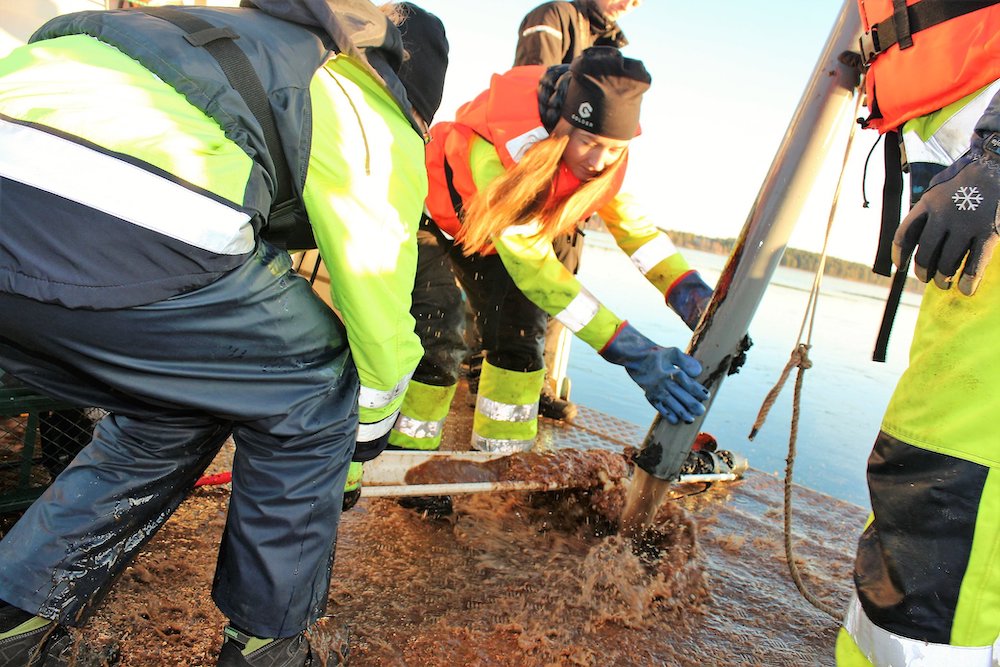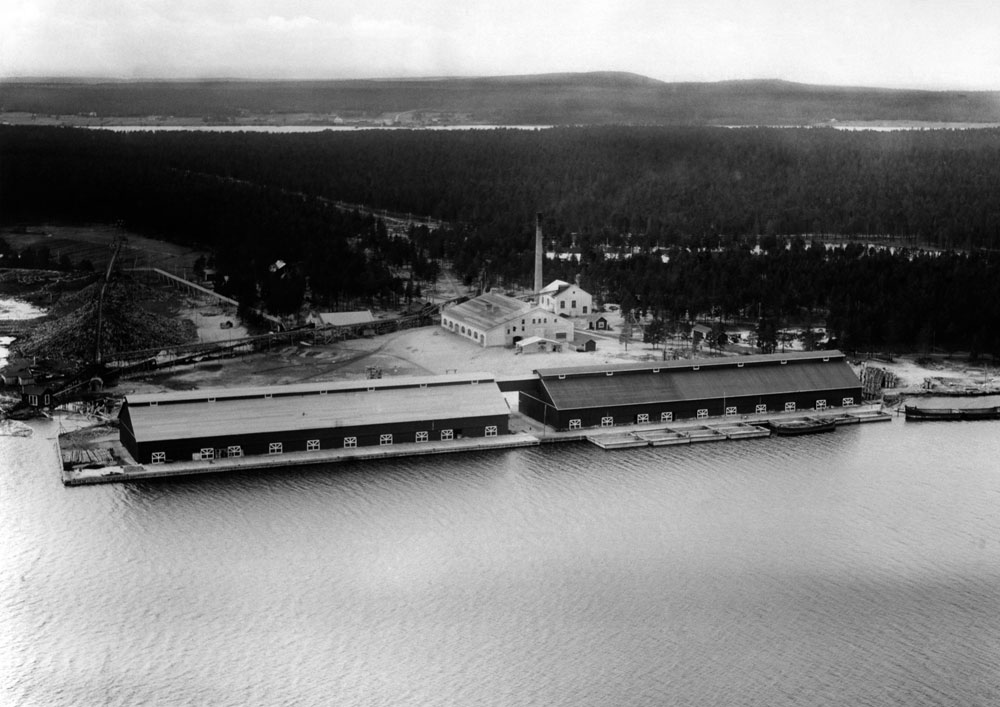A dredging project is working to remove mercury from Sweden’s Luleå river
Industrial waste released into the Lule River is being removed in a project that may prove a model for similar waste clean-ups.

Quicksilver — properly known as mercury — does not go anywhere fast once it reaches the environment. Indeed, it does not break down at all, leaving it to make its way up the food chain, passing from bacteria, to fish, and then on to larger animals, including humans.
This is bad news for animals, because mercury readily reaches the brain and can eventually cause severe brain damage.
Before it was known just how damaging mercury is to the environment and to animals, its was for centuries was used in a wide range of medical and scientific items and industrial processes. No special measures were taken when it was disposed of. Paper mills that used mercury to prevent the growth of mold in wood pulp, for example, simply released wastewater containing mercury into bodies of water.
This was the case for the Karlshäll paper mill, near Luleå, Sweden. Like hundreds of paper mills in Sweden, and many more worldwide, the wastewater it released created what are known as “fiber banks” — nutrient-rich accumulations of industrial and organic waste from the mill, mixed up with the river’s natural sediment.
For ten years until its closure in 1962, the Karlshäll mill released what may have been 100 kilograms of mercury into the Lule River.

Fiber banks containing mercury pose a dilemma and make the Luleå project of particular interest: try to clean them up and you risk stirring up the sediment and spreading pollution further, yet leave them in place and they remain a source of pollution that can be carried by the current, potentially for many years to come. The mercury in the Lule River could be carried out to the Bay of Bothnia and, eventually, the Baltic Sea.
To prevent this from happening, Luleå Council, together with Sweden’s national environmental authorities, began, in 2011, to look for ways to remove the mercury. After considering several methods such as capping the fiber banks with impervious barriers to prevent them from moving, and freezing parts of the riverbed to prevent debris from being spread while sediment was removed, the decision fell to suction dredging as the most practical.
[Yukon River, beset by salmon woes and mercury threats, signals broader Arctic climate change]
The method has the drawback that it also captures water that must be separated from the contaminated sediment, but the Luleå project will address this by pumping sediment and water into giant tubes made of a semi-permeable material that allows the water to pass through. Before being released back into the river, the water is filtered and tested to make sure it is not contaminated.
Suction dredging began in July, but, as a further complication, before it could get underway the riverbed had to be cleared of debris, including logs and other timber resting on the riverbed, as well as other wooden structures used to catch logs as they were transported downriver to the mill.
Once the dredging is completed this autumn, the sediment, likely to amount to 30,000 cubic meters, will be left to drain for three years before it is taken to an approved disposal facility.
Estimated in 2008 to cost 550 million kronor ($63 million), the entire project is expected to take five years to complete.